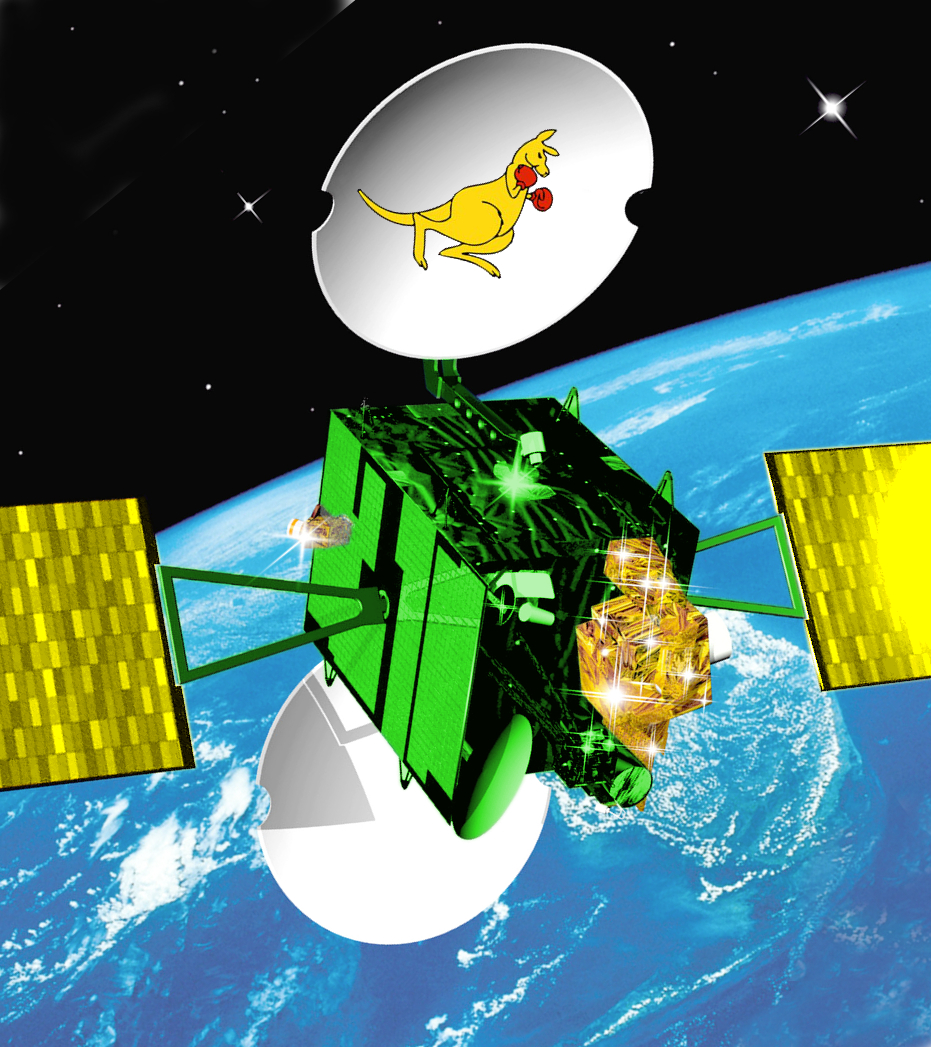Space cubes in last terrestrial tests
 Australian researchers are testing tiny satellites to be launched from the International Space Station.
Australian researchers are testing tiny satellites to be launched from the International Space Station.
Three CubeSats – cube-shaped satellites about 10 centimetres per side - have been developed by researchers at ANU, the University of Sydney, UNSW, University of Adelaide and the University of South Australia.
They will be launched into space as part of the European Union’s QB50 launch of 50 satellites.
Right now, they are undergoing rigorous tests in a space simulator at ANU’s Advanced Instrumentation Technology Centre (AITC) at Mount Stromlo, to make sure they are space ready.
The European Union QB50 program has 27 countries building satellites for the mass launch from the International Space Station, including China, US, Brazil and Russia.
CubeSats are emerging as a space industry standard design for low-cost space research.
Originally conceived for student projects, more than 100 CubeSats have now been launched around the Earth and even around Mars.
One of Australia’s three CubeSats carries an impressive payload of locally-designed instruments, including radiation counters, a GPS receiver, a photonic spectrograph, and a new probe to measure the ionosphere.
“These first three Australian CubeSats in space will be doing research with significant public good... looking at space weather and solar activity, which are important for vital systems such as GPS, financial systems and electricity grids,” said University of Sydney researcher Professor Iver Cairns.
A second CubeSat will carry new instruments to measure atmospheric water and carbon dioxide, while the third will carry four separate experiments into orbit, including a specially designed GPS receiver and electronics with the ability to self-repair.
UNSW space engineer Dr Joon Wayn Cheong explained the device.
“If the satellite gets hit by radiation and something breaks, we want to be able to reconfigure another part of the circuit to do that job, as well as fix the broken bit,” he said.








 Print
Print